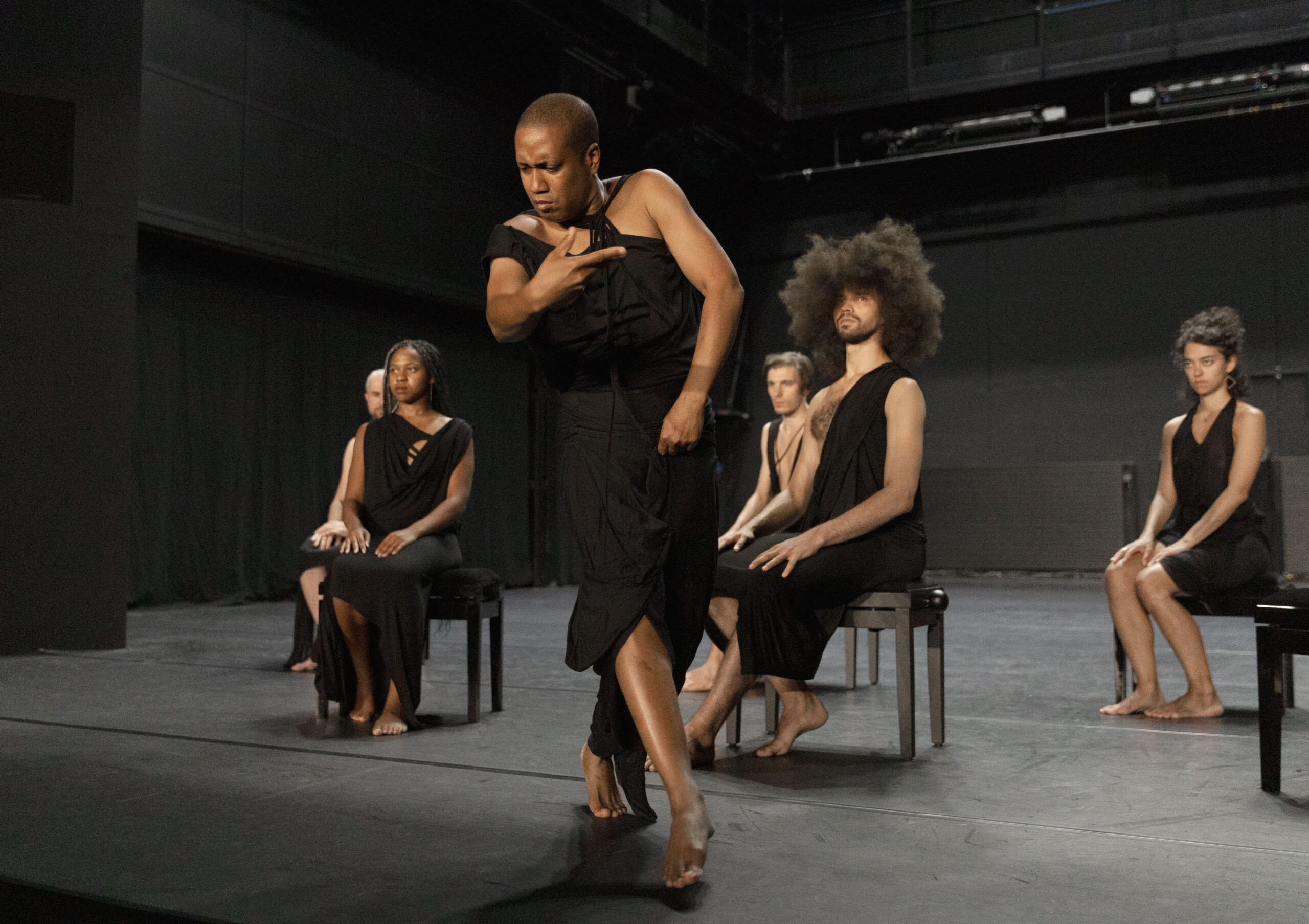
WEIGHT: 52 kg
Breast: Small
1 HOUR:90$
NIGHT: +90$
Sex services: Lesbi-show soft, Fetish, Oral, Parties, Cum in mouth
Two meticulously sculpted, milky-white elephant heads jut out from the neck of each vase. The sheer amount of surrounding rococo detail—feathers, faux beads, and flourishes of gold trim—overwhelms. Still, one can only imagine the effect of candlelight catching the glisten of pink-and-white painted enamel as the vases were displayed in an eighteenth-century interior on a mantelpiece or commode alongside porcelains of different shapes, as part of a set of matching wares, or garniture.
How do the vases produce an uneasy sensory overload by mingling different orders of chinoiserie imagery, animal and human, sculpted and painted? What can a decorative object tell us about the history of East—West exchanges as they shaped the emergence of new racial thinking in the eighteenth century?

Even a pair of vases could, from the interior of an elite bedchamber or drawing room, reference the larger flows of transcontinental trade and its discontents.
Far from being passive furnishings, objects orient consumers in relation to each other and their environment.

We get to know three-dimensional things by handling them, arranging them, even seeing them reproduced in visual art and literature. In the eighteenth century, porcelain and chinoiserie artifacts were generally collected and comprehended as pieces of larger sets.



































